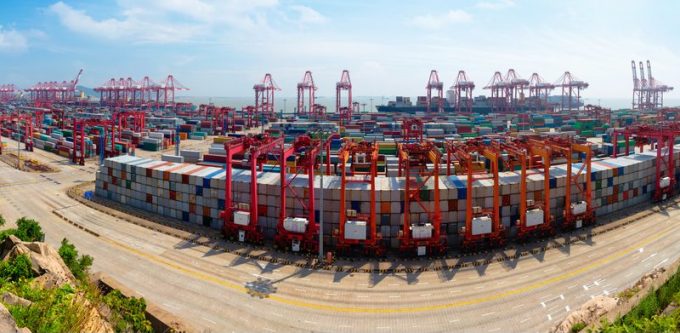Tariff truce for Canada and Mexico – China retaliates, but lightly
Donald Trump’s use of tariffs for leverage and ‘deal-making’ was proven yesterday when those to ...

China enjoyed a record $101bn trade surplus in July, but cargo volumes could soon decline, due to “cooling demand” and “no peak season” for Asia-Europe trades.
According to Chinese customs statistics, last month’s exports jumped 18% in US dollar terms, while imports grew 2.3% year on year.
However, Julian Evans-Pritchard, senior China economist at Capital Ecomomics, said in a research note: “Exports held up well last month, thanks to a backlog of orders still being cleared. But it won’t be long before ...
Volcanic disruption at Anchorage could hit transpacific airfreight operations
Macron calls for ‘suspension’ – CMA CGM's $20bn US investment in doubt
De minimis exemption on shipments from China to the US will end in May
Forwarders stay cool as US 'liberation day' tariffs threaten 'global trade war'
Trump tariffs see hundreds of cancelled container bookings a day from Asia
Mixed response in US to 'Liberation Day', while China leads wave of retaliation
Tariffs and de minimis set air freight rates on a volatile course

Comment on this article